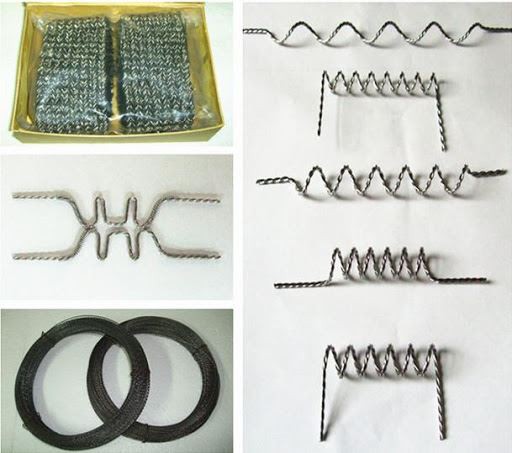- English
- French
- German
- Portuguese
- Spanish
- Russian
- Japanese
- Korean
- Arabic
- Greek
- German
- Turkish
- Italian
- Danish
- Romanian
- Indonesian
- Czech
- Afrikaans
- Swedish
- Polish
- Basque
- Catalan
- Esperanto
- Hindi
- Lao
- Albanian
- Amharic
- Armenian
- Azerbaijani
- Belarusian
- Bengali
- Bosnian
- Bulgarian
- Cebuano
- Chichewa
- Corsican
- Croatian
- Dutch
- Estonian
- Filipino
- Finnish
- Frisian
- Galician
- Georgian
- Gujarati
- Haitian
- Hausa
- Hawaiian
- Hebrew
- Hmong
- Hungarian
- Icelandic
- Igbo
- Javanese
- Kannada
- Kazakh
- Khmer
- Kurdish
- Kyrgyz
- Latin
- Latvian
- Lithuanian
- Luxembou..
- Macedonian
- Malagasy
- Malay
- Malayalam
- Maltese
- Maori
- Marathi
- Mongolian
- Burmese
- Nepali
- Norwegian
- Pashto
- Persian
- Punjabi
- Serbian
- Sesotho
- Sinhala
- Slovak
- Slovenian
- Somali
- Samoan
- Scots Gaelic
- Shona
- Sindhi
- Sundanese
- Swahili
- Tajik
- Tamil
- Telugu
- Thai
- Ukrainian
- Urdu
- Uzbek
- Vietnamese
- Welsh
- Xhosa
- Yiddish
- Yoruba
- Zulu
Can Incandescent Lamps Produce X-rays?
2024-01-05 18:05:21
Can Incandescent Lamps Produce X-rays?
Oct 15, 2020
The principle of the incandescent lamp is to add current to the tungsten wire, which is equivalent to giving a certain amount of energy to the tungsten wire. This part of energy will be transformed into internal energy, which is commonly known as heat. In the process where most of the heat is released outward in infrared, there will be a small amount of light radiation. Then as the energy (voltage and current) given increases, can the outwardly radiated energy continue to move in the direction of high energy and finally reach the X-ray area? This is not possible. The reason is that if the energy is higher, tungsten itself is not stable enough, and a large number of electrons will become hot electrons and emitted. Thermionic emission refers to the increase of the kinetic energy of electrons in a solid by heating, so that some of the electrons have a kinetic energy that is large enough to overcome the surface barrier and escape from the body to form electron emission. Energy is consumed in this way, and higher-energy X-rays will not be produced. But why is it close? Because the X-ray tube that generates X-rays uses a structure very similar to that of an incandescent lamp. Applying voltage and current to the tungsten wire produces a large amount of thermionic emission, and then bombards the target material to generate X-rays. In other words, in your imagination, you need to add another tungsten wire, and then increase the voltage by 5 to 50 times (that is, tens of thousands of volts to hundreds of thousands of volts) to emit X-rays. You can understand the filament part as an incandescent lamp (really similar to a tungsten filament in a vacuum environment). The electrons emitted by the filament hit the metal anode target (usually tungsten, which can be understood as the filament of another incandescent lamp), and X-rays will be emitted.

The energized tungsten wire produces a lot of electrons, and electron bombardment on another piece of tungsten will produce two effects. The first effect is called bremsstrahlung radiation, also called brake radiation, as shown in the figure below. It refers to the radiation produced when high-speed moving electrons interact with atomic nuclei. The incident electrons will lose part of their kinetic energy and change their direction of motion through the action of the nucleus. According to the law of conservation of energy, there is always a place for this part of energy, and this place is X-rays. The X-rays produced by this method are continuous in the spectrum. The frequency of the generated X-rays is proportional to the kinetic energy of the incident electrons, and the kinetic energy of the incident electrons is proportional to the voltage applied to both sides of the first tungsten wire (the so-called tube voltage). Therefore, the minimum frequency of X-rays is proportional to the tube voltage (of course, 1wV tube voltage does not see much X-rays, the voltage is too low).
YOU MAY LIKE